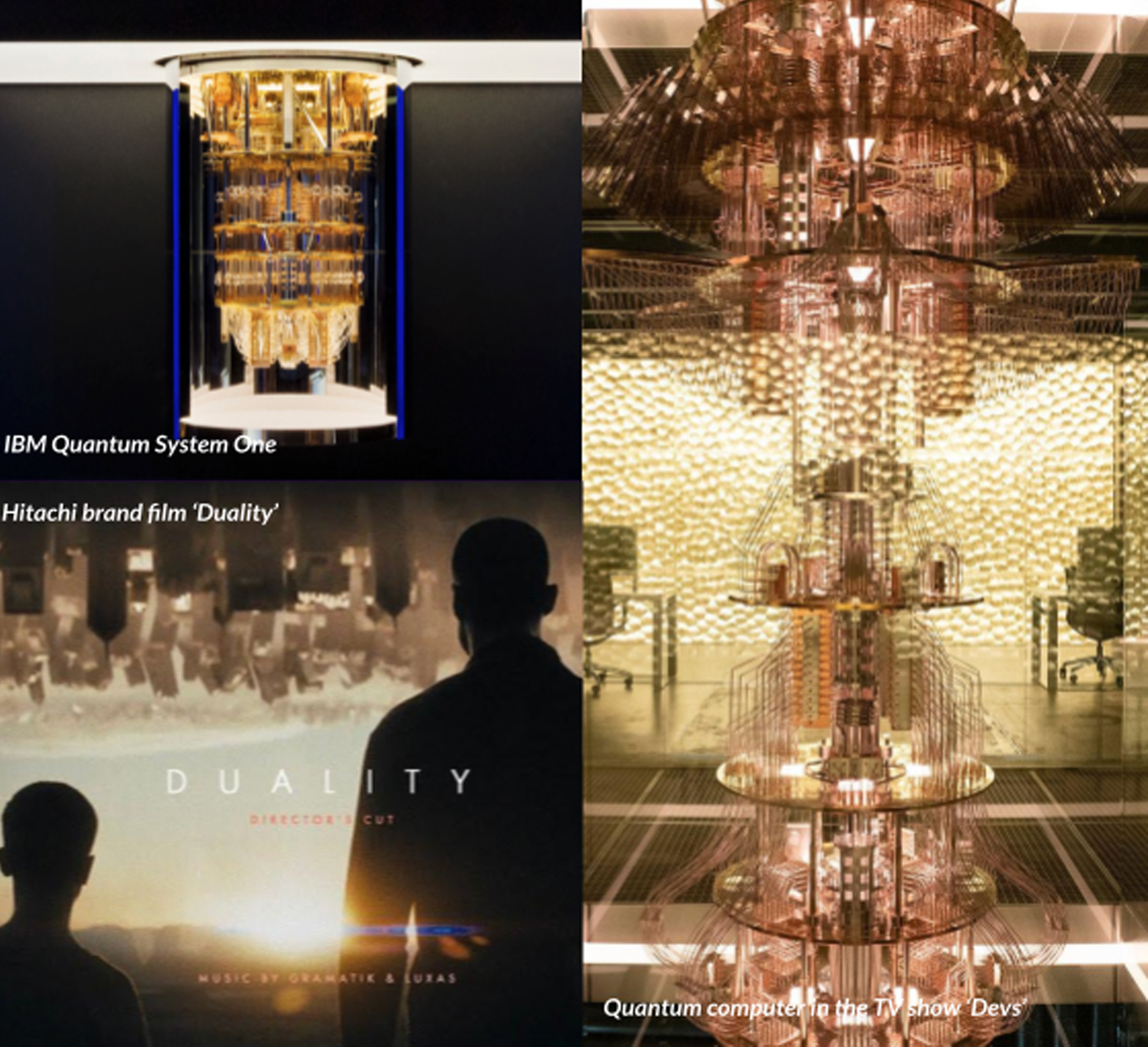Emerging tech needs people to take a step into the unknown, and right now, that’s the last thing most people want to do.
As a society we have never felt so lost, despondent and fearful. The last few years have left us exhausted and vulnerable. Psychologically, we can’t take any more big changes.
But if you track technological development right now, it is ALL about big change – The era of Artificial Intelligence has arrived, and its impact is already staggering. Technological change is moving at the speed of light… not new I hear you say? Yes, but today it feels faster and more unbridled than ever before. Based on patents alone, new ideas are racing to the market with an 81% increase in the number of patents granted between 2007 and 2021* The speed of change is changing.
This is creating a tension. With our current mindset, is it any wonder people fear AI? Don’t get me wrong – the current developments in AI could revolutionise much of how we tackle some of our biggest problems. But right now, I’d argue that we are more primed than ever to reject or resist change. This means that tech brands at the forefront of innovation must strive even harder to demystify complex technology and embed it in everyday behaviours.
As tech communicators, there are two critical things we need to achieve. Firstly, Media Literacy. It is essential that people (from all walks of life) understand the potential of emerging technologies and engage in the crucial debates that will collectively shape our future. Secondly, if we don’t get our communication right, we exacerbate inequality. The gap will widen between those who understand technologies like Generative AI and use it for social and economic mobility versus those who don’t.
We need to explore all the ways we can make emerging, world changing tech: human, relatable and accessible. One of the biggest challenges AI and Quantum Computing brands face which largely goes unaddressed is their visual language. I believe the visual language of AI and Quantum computing is one of the very first barriers preventing tech from feeling inclusive, relatable and human.

Let’s think about why this is:
- AI is essentially maths – code – computers, built by people for people. Yet type ‘AI’ into Google images and the visual language of the category (used by the media and tech brands) perpetuates a feeling of anxiety and otherness. Images suggest sentience and humanness. Human faces hide blue brains and chips. These images suggest some form of mimicry – AI trying to be human or worse, stealing human qualities. There is also a lingering sense of duplicity and trickery. It looks human but in fact it’s not. Disembodied metallic hands and physical robots further perpetuate the myth that AI is an alien force capable of rising up against us. If you look, you will find this visual language is dominant. Embedded in our cultural stories – used by the media and unwittingly by tech brands themselves.
- Quantum Computing is another area which needs to reimagine the emerging visual language it is adopting. A recent piece of work with Rosamund Ripton and her team at Axis-Mundi uncovered an emerging visual code within Quantum Computing. Images are filled with the presence of gold – expensive, precious, and shrouded in mystique. Whilst intricate, sculptural machines rise out of the dark, suggestive of religious relics. Technology expressed as so complex and enigmatic it is reserved for the realm of the Gods. We as people are aware of its immense power and approach it with fear and trepidation. As Quantum Computing brands start to engage with the world, this visual language hinders rather than helps.
 So how do we start to solve this?
So how do we start to solve this?
- Be intentional with the visual language of your brands. Human beings are meaning makers and the images you use are powerful signifiers of meaning. This is true for all brands but arguably even more so for emerging technology – given it is complex and takes people out of their comfort zone.
- Design for the right brain – emotional, intuitive and human. Our semiotic and cultural research shows there is an emerging need for technology to play the role of muse, creator, collaborator and restorer. All of these lean on very new and exciting visual codes. Think neutral tones, circular shapes, nature based settings and biophilic warmth. Far away from the impenetrable black and blues we see today in tech.
- It is important to make these technologies accessible to all, not just a privileged few – which means finding new and more inclusive ways to bring everyone on the journey with us.
- And lastly, don’t delay. As Laurence Moroney was saying at the AI Summit last week, all emergent technologies must find a way to move from hype to helpful. If you can’t do this the technology dies [think Google Glass] or takes much longer to be adopted and reach its true potential.
Inclusivity and accessibility starts in part the moment we ‘see’ an image. So it’s less about the leap into the unknown and more about a step towards the familiar.
At Across the Pond, we are always up for a challenge. Reach out if you have a tricky comms challenge you’d like to wrestle down.
*Source: https://www.wipo.int/publications/en/details.jsp?id=4571&plang=EN
AdvertisingArtificial Intelligence & Machine LearningBrandingCreativeMarketingStrategyTech
Across The Pond
Across The Pond has been a BIMA member since 25th January 2022.
Visit profile

 So how do we start to solve this?
So how do we start to solve this?